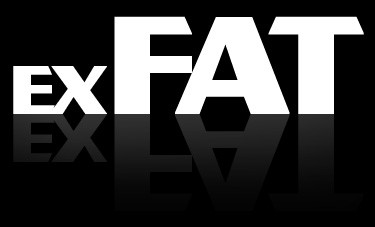When talking about hard disk formats, we can find many types depending on the system and function. In Windows, the most common format is NTFS, while in Mac and Linux systems, it is recommended to use FAT32 and exFAT. However, what are the differences between the NTFS, FAT32, and exFAT? What are its limitations? Let’s talk about it below.
NTFS is for Windows only
NTFS, an acronym that refers to the New Technology File System, is a proprietary file system for Microsoft Windows systems. Its great advantage over other file systems is the size limit per file: not less than 16TB with volumes up to 264TB.

Another advantage that NTFS offers over other types of systems is the ability to encrypt files and set access permissions. It also allows you to create paths and files of up to 260 characters, although this limitation has been disabled after the latest Windows 10 updates.
However, all that glitters are not gold. Beyond Windows, NTFS has many restrictions on Linux and macOS-based systems. Unless we resort to third-party software, the format limits its functions to read files, so if we are thinking of using a USB drive or a memory card on two systems at once (Windows and macOS or Windows and Linux ), it is best to opt for a format based on FAT, since we will not be able to write information of any kind.
FAT32 is Compatible with all Systems but comes with restrictions

FAT32 together with NTFS is the best-known format on Windows, macOS, and Linux systems. The particularity of this format is that it allows both read and write mode in any of the systems mentioned above, which makes it ideal if we are going to use several at the same time (Windows and macOS, Linux and macOS, Linux and Windows and so on). It is also compatible with most televisions, consoles, and mobile operating systems.
Unfortunately, the file system has restrictions that arise from its inception since the system dates back to 1995. The main limitation of FAT32 has to do with the file size limit: only 4 GB with partitions up to 8TB.
Therefore, if we are going to make use of an external hard drive, a flash drive, or a memory card to work with large files in read and write operations, it is best to choose a type of system without size limits. FAT32 is also the most widespread format on Smart TV and proprietary systems since Microsoft licenses NTFS.
EXFAT is the best format for External Hard Drives or Pen Drives

As the name itself indicates, exFAT is a type of FAT system whose functions have been extended to offer better performance in terms of file size and compatibility limits. The limit to partition and file size disappears with this new version of the FAT standard: up to 16 million terabytes.
exFAT allows reading, writing, and formatting in Windows, Linux, and Mac.
Like FAT32, it allows the read and write mode of files in any current operating system, although it is true that it has certain limitations in smart televisions, DVD and Blue Ray players, and “old” digital cameras. On consoles, as is the case with Playstation 4 or Xbox One, exFAT works without any problem. Also on Android and other Linux-based mobile systems.
This post may contain affiliate links, which means that I may receive a commission if you make a purchase using these links. As an Amazon Associate, I earn from qualifying purchases.

